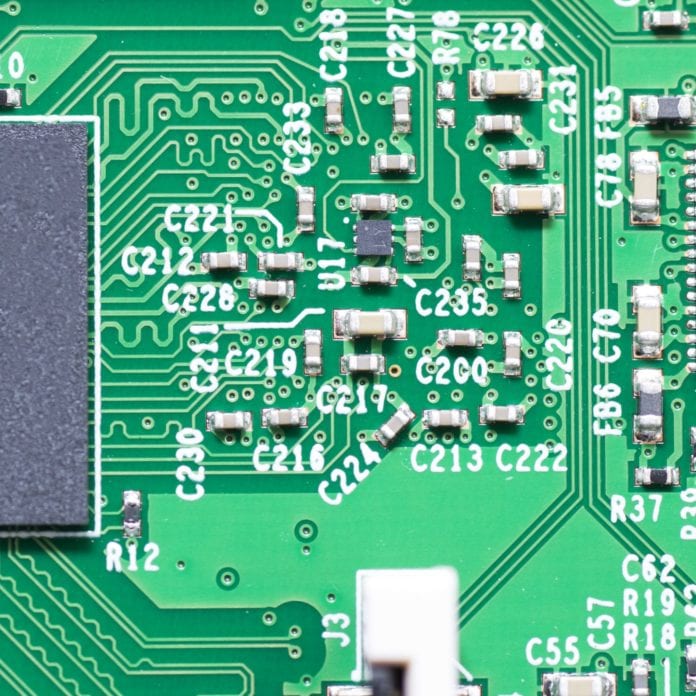Connecting everything: news bytes for 11/7/16
1. Samsung plans to add voice-activated artificial intelligence to wearables and home appliances. The world’s largest smartphone maker is also a major manufacturer of TV sets, washing machines, dishwashers and vacuum cleaners, as well as of course its Gear line of smart watches. Samsung is also the maker of the ill-fated Note 7 phablet, the subject of one of the largest consumer device recalls in history. The Korean conglomerate is trying to move mindshare away from that disaster and on to its next product launch, the Galaxy S8, which Samsung says will include a digital assistant that will respond to voice commands. If that sounds familiar, it’s because Samsung is the owner of an AI company run by some of the creators of Siri. The unit is called Viv Labs, and Samsung apparently wants it to bring artificial intelligence and speech recognition to a wide range of connected devices.
2. Devices, not networks, are the root of many problems users experience with mobile applications, and this trend will accelerate as the number of connected devices multiplies. Savvy software developers are addressing this problem with user application analytics technology. Nyansa, a Palo Alto company started by veterans of Google, Meraki, Aruba and Ruckus Wireless, said today that it’s extending its cloud-based network analytics to give users more insight at the device level.
“What we really focus on is the client side of things, the access network, because that’s where a big percentage of the problems are today,” said Nyansa CTO and co-founder Anand Srinivas. “What’s needed is a solution that measures and correlates real users’ application-layer performance at the exact same time as their wireless and network performance. What’s also needed are machine learning algorithms run on this data that surface exactly what’s going on without a network engineer having to manually interpret mountains of raw, out of context data.” Nyansa’s Voyance+ service captures an application-specific view of the user experience and analyzes that in the context of data characterizing Wi-Fi access, the local area network, the user device and the Internet link.
3. NimbeLink expects to be the first company to complete a Category M1 embedded cellular modem. The Minnesota company said it is making a modem that will be pre-certified for carrier networks when users buy it. The NimbeLink Category M1 modem is based on the Sequans Monarch LTE platform. NimbeLink expects Category M1 modems to open up new use cases for connected assets, especially moving assets like trailers and bicycles that may be better served by a cellular network than a dedicated low-power wide area network.
“It’s really the first IoT industrial network,” said NimbeLink marketing manager Ven Dixit. “It’s going to be competitive with LoRa and Sigfox and Ingenu.”
AT&T has already announced an IoT data plan, while Verizon Wireless appears to be creating IoT data plans on a customer-specific basis at this time.
4. Qualcomm’s automotive business is moving into the fast lane with the company’s planned purchase of NXP Semiconductor. NXP has claimed the title of the world’s largest supplier of automotive semiconductors since acquiring Freescale last year.
This month NXP unveiled a new solution for advanced driver assistance systems. The company launched a new automotive microcontroller, the NXP S32R27, with compute capabilities that the company says will offer exponential improvements in collision avoidance, lane change assist, and autonomous emergency braking.
NXP also showcased its partnership with several European auto manufacturers this month in a demonstration of intelligent truck platooning. NXP and DAF Trucks have also announced plans to empower truck platoons to react 30 times faster than humans in 2017.
5. Acacia Communications is sampling a CFP2-DCO module for optical networking. The company said that with the introduction of this module it can offer both digital and analog solutions in the same form factor with similar capacity. The CFP2-DCO module supports a 100 gigabits per second data rate using QPSK modulation, as well as 200 gigabits per second modes using either 8QAM or 16QAM modulation.

